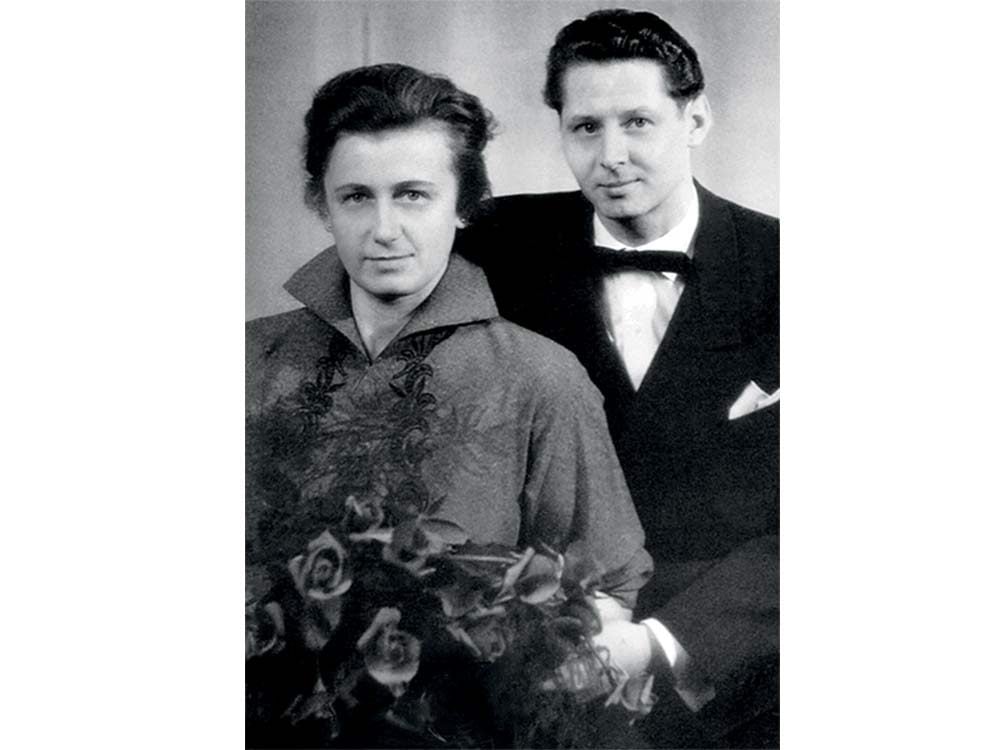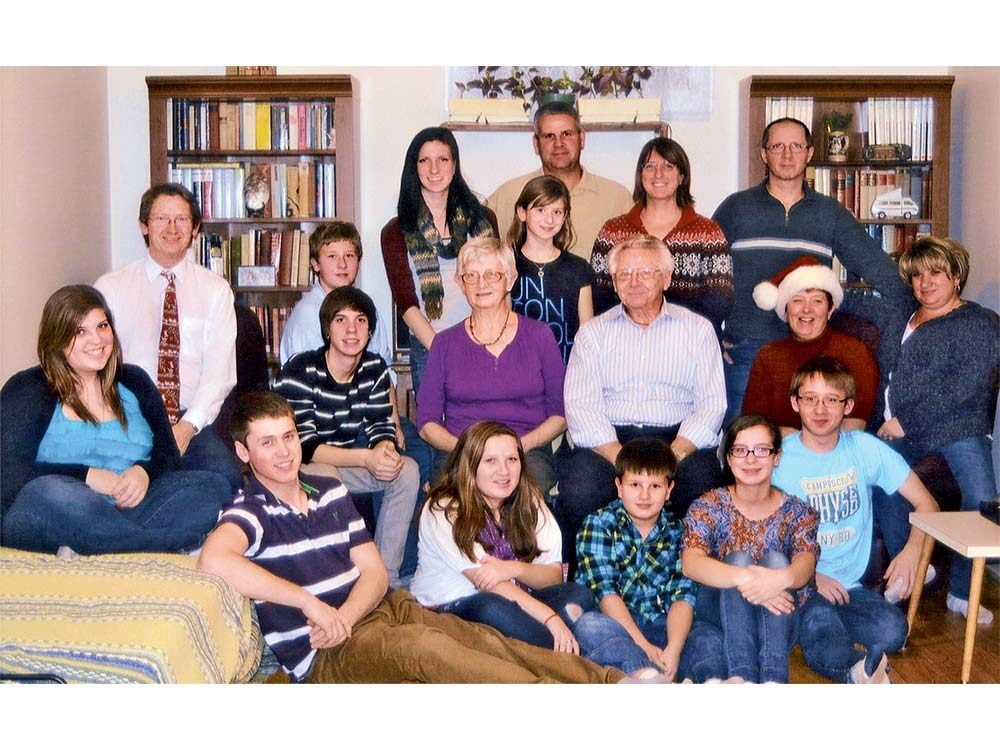
One Couple’s Journey to Flee East Germany
On Good Friday in 1959 my fiancé Helmut and I left our village in East Germany on the bus going to Leipzig, hoping to escape to West Germany via West Berlin. Since it was Easter weekend, we would not be missed at work until Tuesday. We were 24 and 26 years old at the time and Helmut resented the lack of personal freedom in communist East Germany.
From Leipzig, we travelled by rain to East Berlin. There we took the subway, which at that time still served the whole city, and got off at the Berlin Marienfelde station in West Berlin, where one of the refugee camps was situated. Here, thousands of refugees from East Berlin were screened for their acceptability to West Germany.
Our screening process took 12 days, after which we were flown to Frankfurt, Germany. At the next refugee camp in Worms, a city in the Germany state of Rhineland-Palatinate, we were assisted in finding employment. We found work, two rooms to live in and got married that fall. The following spring, Helmut became restless once again. He resented being a refugee in his own country and began thinking of emigrating. Where to? Canada. Why? It looked and sounded as if there were lots of space to live, opportunities to work, and many other immigrants to feel equal with.
In May 1960, we had an interview at the Canadian Consulate in Cologne. By July, we were granted immigration visas into Canada. Helmut, a tailor by trade, chose to go to Toronto because of its textile industry. I was a certified midwife and could work anywhere. Then, we starved and saved for the passage to Montreal before winter, and learned English by correspondence course.
On October 17, we stood in Bremerhaven, looking up at this huge white ship—the Arkadia—which was going to take us to Canada on what we called our belated honeymoon trip.

From Communism to the Land of Opportunity
The actual leaving was sad, of course. The ship’s siren loudly signalled our departure—the band played the German folk song, “Wem Gott will rechte Gunst erweisen den schickt er indie weite Welt,” which translates into, “Whom God favours. He sends out to discover the world.” The tears flowed as the distance between ship and quay widened, marking the finality of our decision.
Life on board was wonderful for us. There was so much to see and do, such as the activities in the ports of Southampton, Amsterdam, Le Havre and Cobh, as well as watching the waves and the horzion while crossing the Atlantic Ocean. The ship had a library, writing room, gift shop and swimming pool. English and French classes were offered. There were games, sports, movies and evening entertainment. There were four meals a day and a cold buffet at night—a total and unexpected luxury!
The passengers and crew were of many different nationalities, and we had fun trying to understand one another.
Midway through the crossing, we encountered strong winds. Ropes were strung on the decks and the dining rooms stayed quite empty. I was among the seasick for two days, but Helmut did not succumb.
On the seventh day, we saw land! Belle Isle and Newfoundland were visible. Canada started to become a reality! We were very excited as we sailed up the famous St. Lawrence River.
On October 26, 1960, we stepped on land in Quebec City. We thereby stopped being East German refugees and became landed immigrants in Canada. Seven years and three kids later, we became Canadian citizens!
After the landing formalities, we had free time to visit the city. It seemed like a friendly fortress on a hill. Then, we spent one more day sailing to Montreal.
There we saw the first skyscrapers and many “room to let” signs. We exchanged the ship for a train that took us to Toronto. There, again, we saw many “room to let” signs, which was reassuring. Homeowners had actually come to the train station looking for immigrants as tenants. But the Department of Citizenship and Immigration had already arranged rooms for all newcomers and was going to help us find work. It was all well organized. We arrived on a Thursday. I began work the next Monday in a nursing home. Helmut was not quite so lucky. He had several job changes and even became seriously ill during our first year in Toronto. But then he started a permanent position on the day our first son was born. Another lucky break was the fact that the Ontario Health Insurance Plan had recently been created. There were also Well Baby Clinics for families who could not afford a family doctor. Soon after, the Canada Pension Plan also became a reality. We could not have immigrated at a better time! The Department of Citizenship and Immigration also provided free English classes, which we took in the evenings. We even made some lifetime friends at that school.
Adjustment to this new land was not very difficult for us—the Ontario seasons and landscapes were similar to Germany. Also, in Toronto, a good variety of European food was available, especially rye bread and salami!
Over the past 50-plus years, we have travelled back to Germany from time to time, but are always very happy to come home again to Canada.
This woman’s inspirational story will make you believe in the Canadian dream.